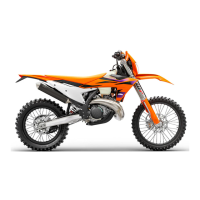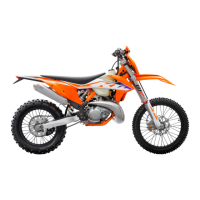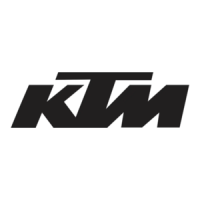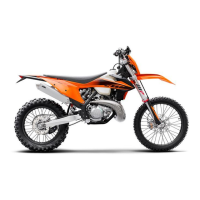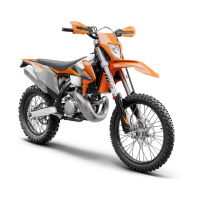How to fix a KTM Motorcycle engine that does not speed up?
- Sshannon63Jul 29, 2025
If your KTM Motorcycle engine isn't speeding up, the issue might stem from a faulty ignition. Check the ignition coil's primary winding, the spark plug connector, and the stator winding of the alternator. Another potential cause is incorrectly stored ambient pressure, which requires reprogramming the ambient air pressure.
